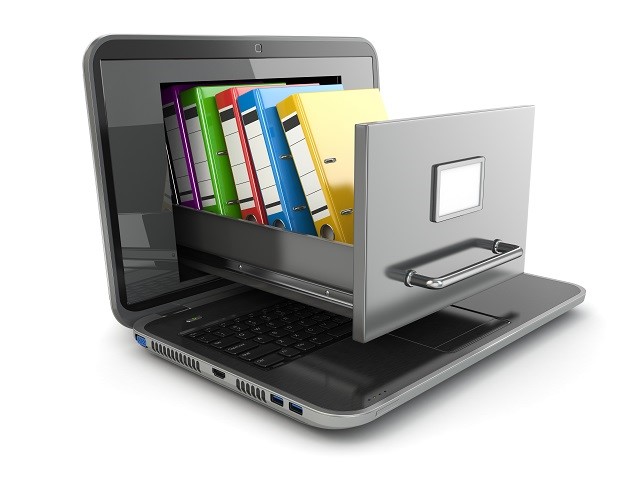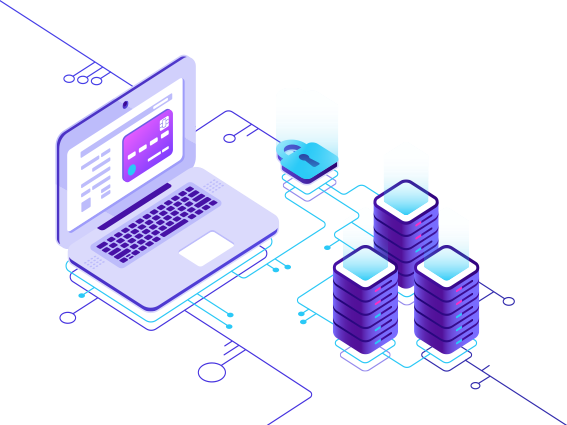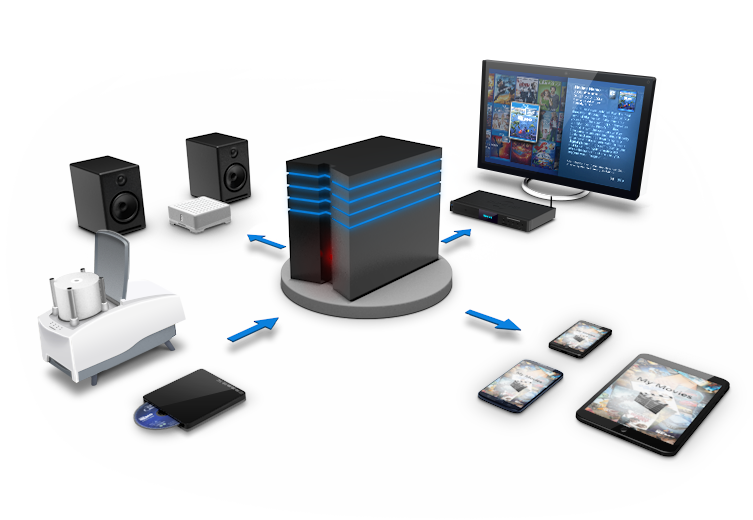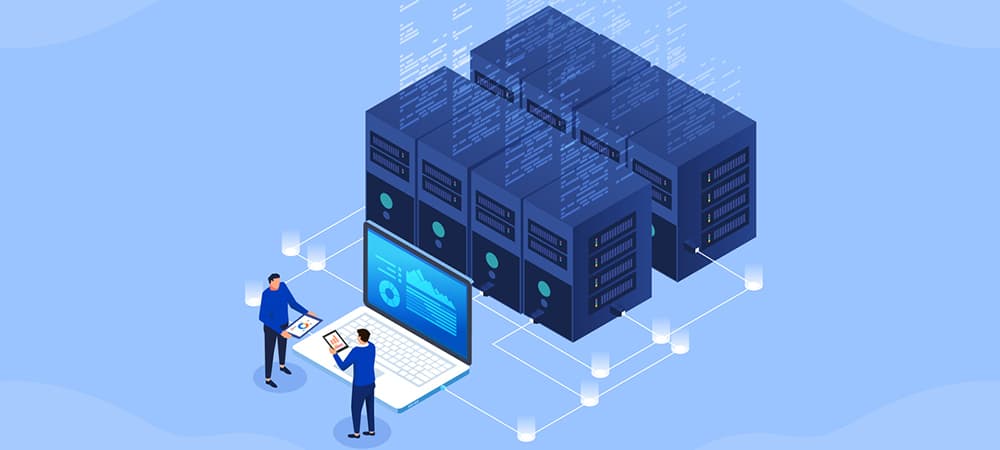
RAID
Types of Redundant Array of Independent Disks
Learn moreNetwork Attached Storage
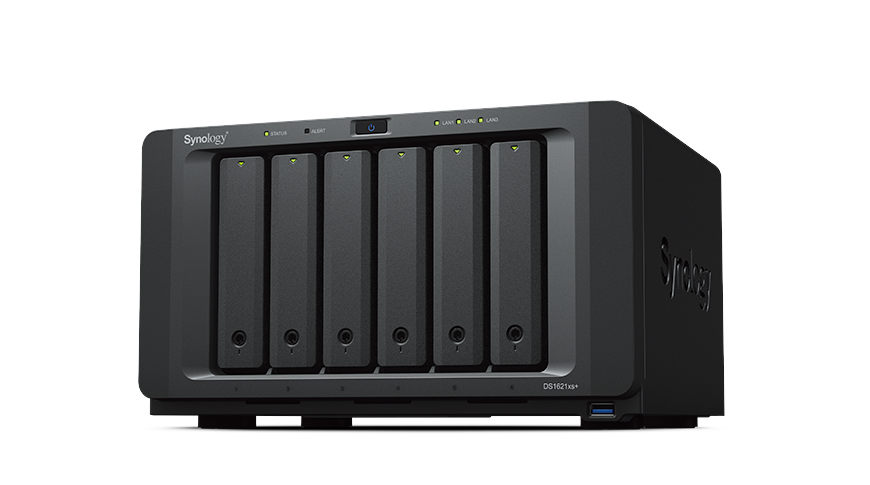
Have you ever wondered to keep your files not on the computer, not on the internet but a server local to your wifi? This is When NAS Comes into Picture. It is basically a computer connected to your local wifi network which has a big storage system & it runs 24*7.
Here is a more detailed definition of NAS by Seagate “A NAS device is a storage device connected to a network that allows storage and retrieval of data from a central location for authorised network users and varied clients. NAS devices are flexible and scale-out, meaning that as you need additional storage, you can add to what you have. NAS is like having a private cloud in the office. It’s faster, less expensive, and provides all the benefits of a public cloud on-site, giving you complete control.”
Preconfigured storage software is installed on dedicated hardware. Known as a NAS box, NAS unit, NAS server, or NAS head, this hardware is essentially just a server containing storage disks or drives, processors, and random-access memory (RAM).
The main differences between NAS and general-purpose server storage lie in the software. NAS software is deployed on a lightweight operating system (OS) that's usually embedded in the hardware. General-purpose servers have full OSs that send and receive thousands of requests every second—a fraction of which may be related to storage—while a NAS box sends and receives only 2 types of requests: data storage and file sharing.
Having a server that you own as a central hub for your media not only prevents you from being at the mercy of a slow or finicky internet connection it also avoids the folks that run these streaming services removing something you've been wanting to check out without warning. Since a local network can frequently move data at speeds that are much faster than your average internet connection even wirelessly you won't have to compromise on visual quality or worry about buffering even if you're watching 4k videos with full blu-ray quality or if you have a lot of users on your network at once. This setup can also help you avoid storing individual copies of everything on each of your devices hogging up a ton of space over and over.
Well, another upside to having a Home media server is that you don't need a full blown PC to house this data, while you can repurpose an old computer as a server if you'd like. A more elegant solution is to use a home network attached storage device or a NAS. These are bare-bones PC like devices that are dedicated solely to delivering files as fast as possible. A typical mass usually includes its own lightweight operating system and easily accessible drive base so that you can add more hard drives as your content library grows. Some compact desktop units can support nearly a hundred terabytes of raw storage. Bear in mind of course that if you're using raid or a similar scheme to protect against a disk failure some of that space will be consumed by redundancy.
